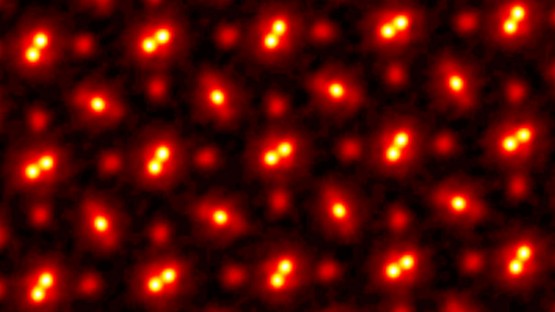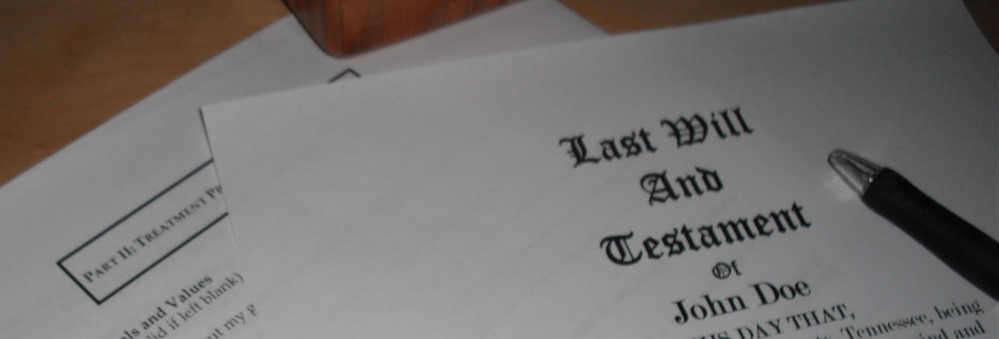
Cornell researchers see atoms at record resolution | Cornell Chronicle
In 2018, Cornell researchers built a high-powered detector that, in combination with an algorithm-driven process called ptychography, set a world record by tripling the resolution of a state-of-the-art electron microscope.
As successful as it was, that approach had a weakness. It only worked with ultrathin samples that were a few atoms thick. Anything thicker would cause the electrons to scatter in ways that could not be disentangled.
This image shows an electron ptychographic reconstruction of a praseodymium orthoscandate (PrScO3) crystal, zoomed in 100 million times.
Now a team, again led by David Muller, the Samuel B. Eckert Professor of Engineering, has bested its own record by a factor of two with an electron microscope pixel array detector (EMPAD) that incorporates even more sophisticated 3D reconstruction algorithms.
The group’s paper, “Electron Ptychography Achieves Atomic-Resolution Limits Set by Lattice Vibrations,” published May 20 in Science. The paper’s lead author is postdoctoral researcher Zhen Chen.

























